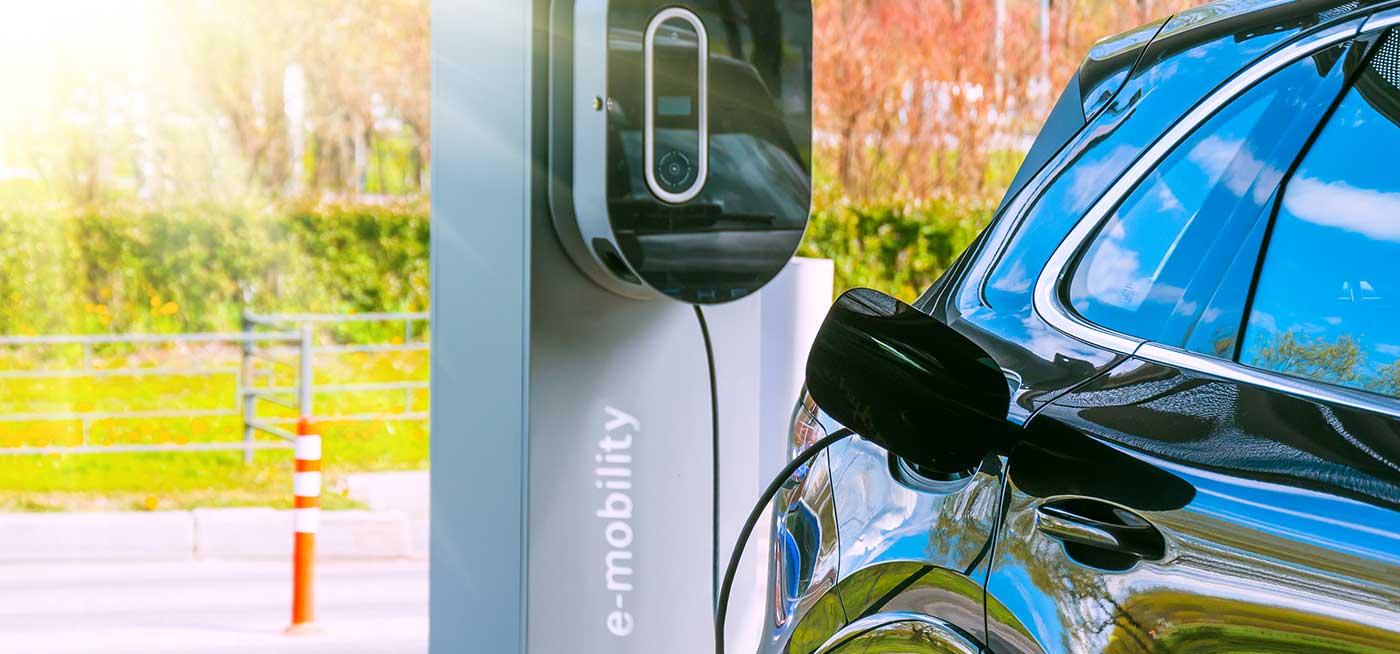Electric Vehicles (EVs) have been grabbing eyeballs for over a decade now. But as the world is showing alacrity on the issue of climate change, the discussions on the adoption of EVs as a future of green mobility has grown manifolds in the past few years.
Today, India is among those countries that emanate large amounts of CO2 emissions. In a path breaking move, Prime Minister Narendra Modi recently proposed India’s scheme of ‘Panchamrita’ at the 26th Conference of Parties (CoP26) to the United Nations Framework Convention on Climate Change. Amongst the major promises made under this scheme includes: India’s focus on reducing its projected carbon emission by one billion tonnes by 2030 and reducing the carbon intensity of its economy by 45 percent by 2030.
The government also aims to achieve complete electrification in vehicles by 2030. While a lot of steps are being taken by the Centre to achieve its dream to go green in mobility, India’s EV revolution is still in the nascent stages.
One of the major factors that is halting the escalation of EVs in India is the lack of a skilled workforce. At the beginning of April, the incident of E scooters emitting smoke took the EV industry by storm. It opened Pandora’s Box of how safe are EVs for people to use. It has also raised a much wider debate on whether India has a skilled workforce that can ensure the manufacturing of quality equipment of the highest standards and safety.
The dilemma of a rising skill-gap
Ever since the government has incentivized the use of electric vehicles, India has been grappling with a shortage of skilled workforce. The country urgently needs a talent pool of engineers with cross-sectional knowledge in varied fields of mechanical engineering including electricals and electronics. The workforce also needs to be intertwined with other new technologies such as Artificial Intelligence (AI) in E mobility.
There is no denying the fact that EVs is a sunrise sector that plays a potent role in driving India’s economy. To ensure steady growth of this sector, the upcoming talent along with existing engineers and mechanics needs to be well-versed with the skills like mechatronics—the technology that combines electronics with mechanical engineering to create smarter yet simpler systems. While many countries including neighbouring China are way ahead in providing these skills to the engineers, India still lags in this high-tech specialty.
Course correction in the existing redundant curriculum
For EVs to grow rapidly, we need to build the talent from the ground and the existing curriculum is redundant to create a talent pool of skilled engineers. The academicians need to take potent steps towards introducing a curriculum that includes above mentioned technologies. Specialized EV courses also call for a strong industry-academia partnership to ensure a faster transition toward the EV segment.
Kick-starting other upskilling programmes and specializations
Other than rewinding the existing curriculum, the government and the industry can come together in introducing specialized courses on high-end battery designing, development of charging systems and stations, energy storage systems, and so forth. There is also a growing disruption in the supply chain of raw materials and other equipment that are sourced from countries like China. To bridge this gap we need to ensure a steady production of such materials under the government’s ‘Make In India’ programme. And we can only ensure the same if we have an industry-ready workforce that can contribute to manufacturing products with the latest technologies.
While there is a lot to be done in building a future-ready skilled workforce, steps in the above mentioned direction can help us in fastening the process. The skilled talent can help surmount other shortfalls that India is facing in a steady growth of EV segment in the auto industry.






Comments (0)
Mar 10, 2022
Views (1513)